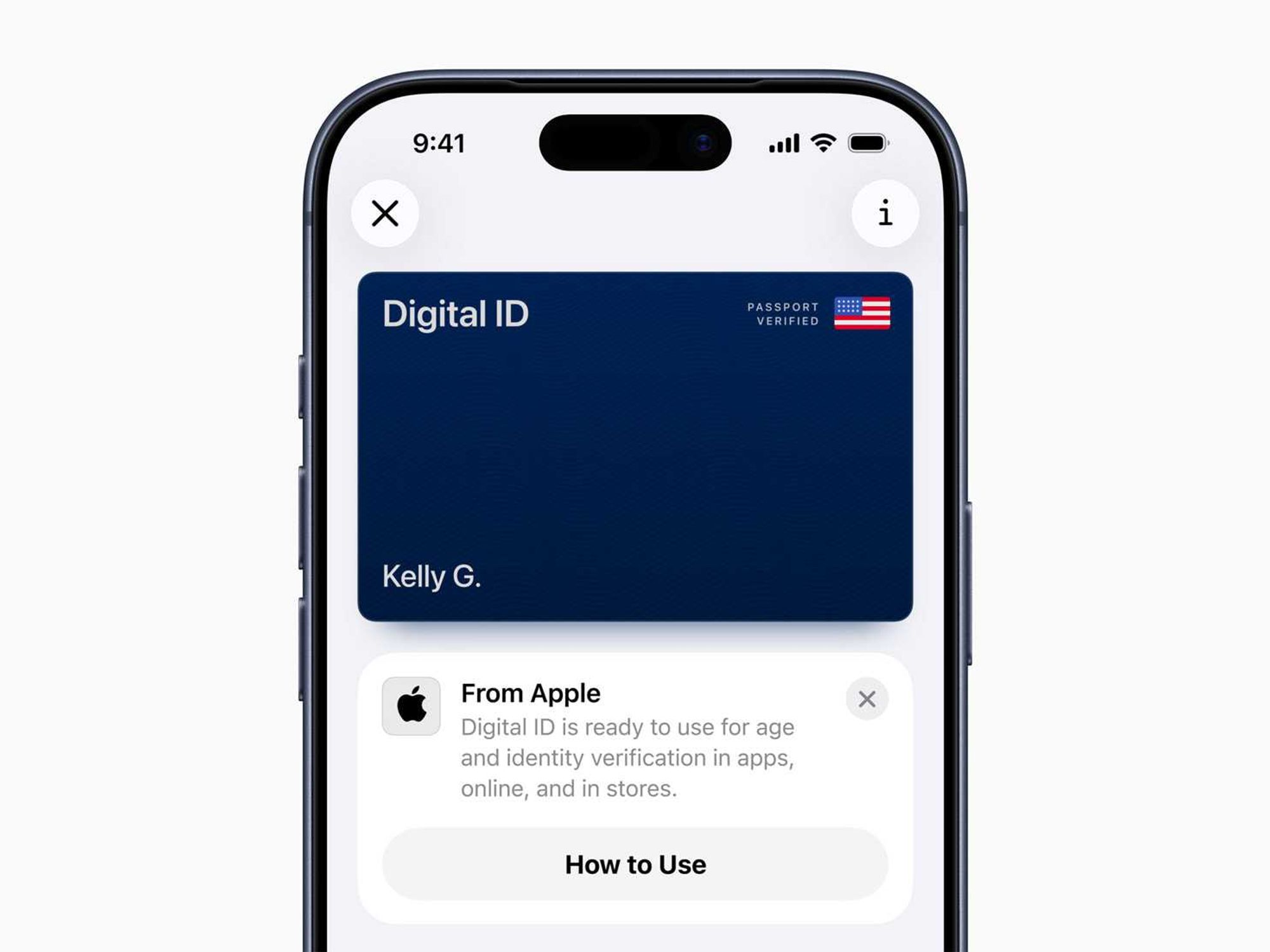Office Hours: Factors To Consider When Broadening Your Startup Beyond Its Core Vertical
Spencer Rascoff serves as executive chairman of dot.LA. He is an entrepreneur and company leader who co-founded Zillow, Hotwire, dot.LA, Pacaso and Supernova, and who served as Zillow's CEO for a decade. During Spencer's time as CEO, Zillow won dozens of "best places to work" awards as it grew to over 4,500 employees, $3 billion in revenue, and $10 billion in market capitalization. Prior to Zillow, Spencer co-founded and was VP Corporate Development of Hotwire, which was sold to Expedia for $685 million in 2003. Through his startup studio and venture capital firm, 75 & Sunny, Spencer is an active angel investor in over 100 companies and is incubating several more.

Every startup’s goal is growth - and, when funded by venture capital, there is often an immense pressure to grow widely and as fast as possible.
Many startups that have established a strong foothold begin with narrow markets and then have to decide if and when the time is right to broaden their product and expand their market. So, how do you know when, and how, to make that move?
My recommendation is to start with evaluating your strategy and answering a series of questions that focus on what, why, when and how.
A Competitive Edge
Before jumping into expanding your Total Addressable Market (“TAM”), take the time to assess what companies may already exist in your potential broader markets. Are there any pre-existing businesses dominating the space where your company would likely broaden? Are you able to offer customers enough unmet needs to convince them to make a switch? Or is there already another tech-enabled competitor out there that will stifle your expansion and make broadening difficult?
A company that has demonstrated this type of innovative thinking time and time again is Uber. As the world’s largest ride-sharing company, Uber was founded in 2009 and quickly grew to become one of the world’s most valuable startups with a $78 billion valuation in 2020. What originally started as a solution to the unfulfilled needs of traditional taxis and car services quickly grew into a tech company with many business lines–now even offering a rewards credit card.
When expanding into the food delivery game, UberEats came a year and a half after Grubhub and DoorDash. But with an already massive network of drivers, a huge brand with tens of millions of app downloads, and world-class delivery logistics, it was a no-brainer. They essentially just switched from transporting humans to sandwiches–and succeeded knowing their tech and process were better than competitors.
Make it your top priority to provide genuine solutions to problems the competition may have overlooked before broadening, or at the least very, know your product is superior. Find ways to leverage the dominance of your core business in order to win new adjacent markets.
Operational Needs
Unsurprisingly, if you’re intent on broadening your market and service, you’ll need the cash to pursue it. Do you have enough money? Do you need to consider an additional raise? How will that affect valuation?
If you do have enough capital, and there is room in the competitive market lane, it may be time to scale. Additionally, does your broadening expand on your pre-existing tech stack, or are you essentially starting a new business? If you are expanding to a space where you need to significantly change or augment your tech stack–or to a space that is unfamiliar–you may need to again consider hiring the right people to help you.
If you don’t have enough capital, focus on your core vertical.
Exit Opportunities
While your strategy will certainly evolve over the years, it’s critical to identify potential exit paths and plan accordingly. What type of exit do you want? If an IPO is in the cards, expansion may make sense. However, don’t overlook acquisition.
Funding expansion requires a lot of money, and continually raising more money–subsequently raising your valuation–could make you less attractive for acquisition by a single vertical incumbent. Is your core vertical attractive on its own to be acquired and tacked onto a pre-existing company’s software or service?
Leaning into your niche vertical could equal an easier exit. For example, if Uber expected that its exit would be a sale to a competitor in the ride-sharing space, then expanding into other businesses would have made them less attractive for an acquisition. Entering new markets will likely force you to have to raise more money, increasing your company’s valuation and diluting your equity as a founder (i.e. in a lower price acquisition, you make less money).
Have a Plan
As entrepreneurs, growth can be the one thing that challenges and drives us the most. So whether you’re considering tapping into a new vertical or expanding on an existing one, it’s important to assess the environment and reflect on your current strategy. The most important aspect of vertical expansion involves understanding the reasons behind it.
Protect the Core
Beware when expanding into new adjacencies not to neglect the core business which got you to where you are. Ideally the adjacent businesses help strengthen, not weaken, your core business. An obvious example is Amazon expanding beyond books into other categories of ecommerce, which grew its selection, its scale and its customer base, and therefore strengthened its core. But there are many counterexamples where expansion distracted rather than strengthened, including Amazon’s launch of physical bookstores which it recently reversed and shut down.
Organizational Structure
When entering adjacent businesses, determining the appropriate org structure is critical. In a future post I will explore this important topic.
- How to Fundraise Your Seed Round - dot.LA ›
- If a Competitor Calls, What Should You Do? - dot.LA ›
- Spencer Rascoff Offers Later Stage Fundraising Advice - dot.LA ›
- How To Brainstorm a Good Startup Idea. - dot.LA ›
- How to Pitch Your Startup - dot.LA ›
Spencer Rascoff serves as executive chairman of dot.LA. He is an entrepreneur and company leader who co-founded Zillow, Hotwire, dot.LA, Pacaso and Supernova, and who served as Zillow's CEO for a decade. During Spencer's time as CEO, Zillow won dozens of "best places to work" awards as it grew to over 4,500 employees, $3 billion in revenue, and $10 billion in market capitalization. Prior to Zillow, Spencer co-founded and was VP Corporate Development of Hotwire, which was sold to Expedia for $685 million in 2003. Through his startup studio and venture capital firm, 75 & Sunny, Spencer is an active angel investor in over 100 companies and is incubating several more.



 Image Source: Perelel
Image Source: Perelel
 Image Source: Valar Atomics
Image Source: Valar Atomics Image Source: Waymo
Image Source: Waymo Image Source: Apple
Image Source: Apple